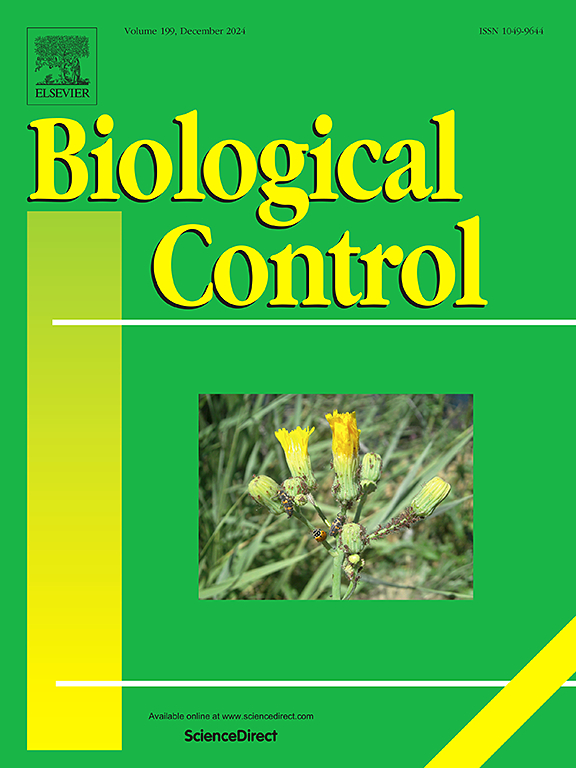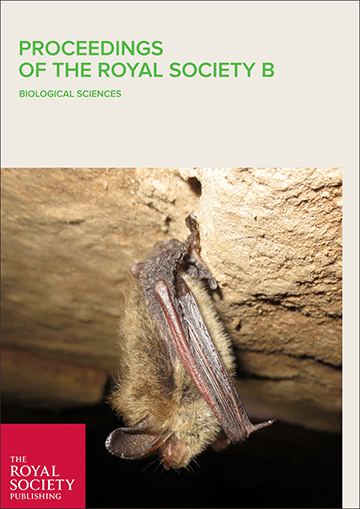Sub-Saharan Africa has become one of the most significant targets for large-scale farmland acquisitions for plantation agriculture and forestry in recent years. While much has been written as to the opportunities and risks of this trend, scant empirical evidence is available as to its magnitude, distribution and underlying drivers. This paper addresses these knowledge gaps by analysing 353 projects that have been established since 2005 in 32 countries in sub-Saharan Africa, covering an area of about 18.1 million ha. It illustrates a high geographic concentration of investments, with two-thirds of the area acquired by large-scale farmland projects located in just seven countries and the comparatively significant role of the international biofuel and vegetable oil sectors. The foremost driver of these farmland acquisitions was found to be the perception by ‘northern' investors, particularly from Europe, of a long-term demand for alternative sources of energy in industrialised countries. Another important driver was observed to be the demand for food products in ‘southern' countries, notably from Asia and the Middle East, exposed by rising domestic land constraints and/ or food insecurity. In some countries the scale of these farmland acquisitions equates to a sizeable proportion of suitable and ‘available' land, by and large originating from the customary land domain. These findings, among others, highlight how a growing number of sub-Saharan countries are increasingly internalising the costs of growing external resource scarcity. This not only calls into question the distributional effects of globalisation, but also the efficacy of global market governance.
Download:
DOI:
https://doi.org/10.17528/cifor/003732
Puntuación Altmetric:
Dimensiones Recuento de citas:

Año de publicación
2012
Autores
Schoneveld, G.C.
Idioma
English
Palabras clave
bioenergy, land use change, markets, property rights, geographical distribution, economic impact, agricultural land, biofuels, foreign investment, livelihoods, land transfers



















